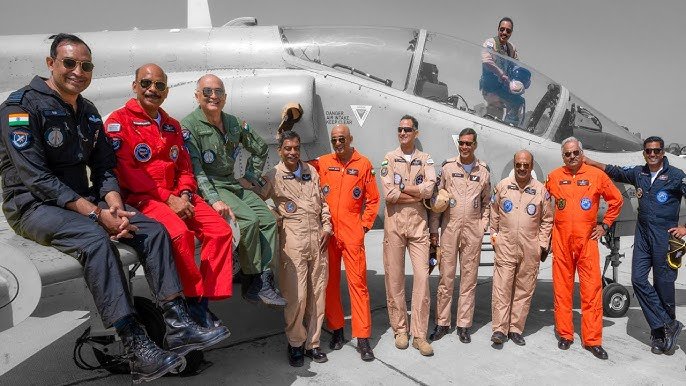New Delhi: The Comptroller and Auditor General of India (CAG) has found that the Indian Air Force (IAF) faces critical challenges of pilot shortages and outdated training infrastructure. This performance audit, covering the years 2016 to 2021, reveals significant deficiencies that could impact the operational readiness of one of the world’s largest air forces.
The IAF has been grappling with a growing shortage of pilots, which has escalated from an identified shortfall of 486 pilots in February 2015 to approximately 596 by the end of 2021. This increase is largely attributed to recruitment challenges where planned annual intakes of trainee pilots fell short. The IAF aimed to recruit 222 pilots annually but only managed to intake between 158 and 204 trainees during this period. Consequently, the shortage is expected to persist, with projections indicating that it may not be resolved until at least January 2030.
Several factors contribute to this pilot deficit such as competitive job market. Many potential military pilots are attracted to commercial airlines due to better compensation and lifestyle options, leading to higher attrition rates within the IAF. Pilots often leave after fulfilling their initial service commitments due to the demanding nature of military life, including frequent relocations and extensive training requirements.
The CAG report also underscores serious shortcomings in the training infrastructure essential for developing competent pilots. Key findings include:
Obsolete Equipment: The IAF’s reliance on aging platforms like the Pilatus PC-7 Mk-II for basic training has resulted in operational issues, including engine oil leaks reported in a significant portion of these aircraft. This has raised concerns about the effectiveness of training provided on outdated systems.
Inadequate Simulator Use: The current training relies heavily on virtual reality simulators and flying training devices that lack physical movement capabilities, which are crucial for providing trainees with realistic flying experiences. This limitation hampers the quality of training received by pilot cadets.
Delayed Aircraft Modernisation: The modernization plans for IAF aircraft have faced delays, affecting both transport and helicopter pilot training programs. As a result, pilots are often trained on older platforms lacking modern avionics, necessitating additional conversion training once they transition to operational units.
Infrastructure Shortcomings: There have been significant delays in constructing necessary facilities such as weapon training ranges and simulator buildings, which deprives trainees of essential practical exposure. For instance, construction delays have led to continued reliance on less effective training methods for critical skills like weapon handling.
The implications of these issues are profound. The ongoing pilot shortages and inadequate training infrastructure threaten the IAF’s operational readiness and effectiveness. With fewer trained pilots available for missions, there is a risk of overstretching existing personnel, potentially leading to fatigue and increased operational risks. Furthermore, these challenges may affect morale within the force as personnel grapple with heightened demands amidst resource constraints.
In conclusion, addressing these critical deficiencies in pilot training and recruitment will be essential for ensuring that the Indian Air Force remains capable and ready to meet its operational commitments in an increasingly complex security environment.
Raksha Anirveda's editorial desk team brings in the collective experience of creative professionals - a fine mix of senior copy editors, writers, proofreaders and designers. Working as a team, they continuously create, manage, and curate content to sustain the magazine's profile and reputation in line with market trends and achieve magazine's goal.













